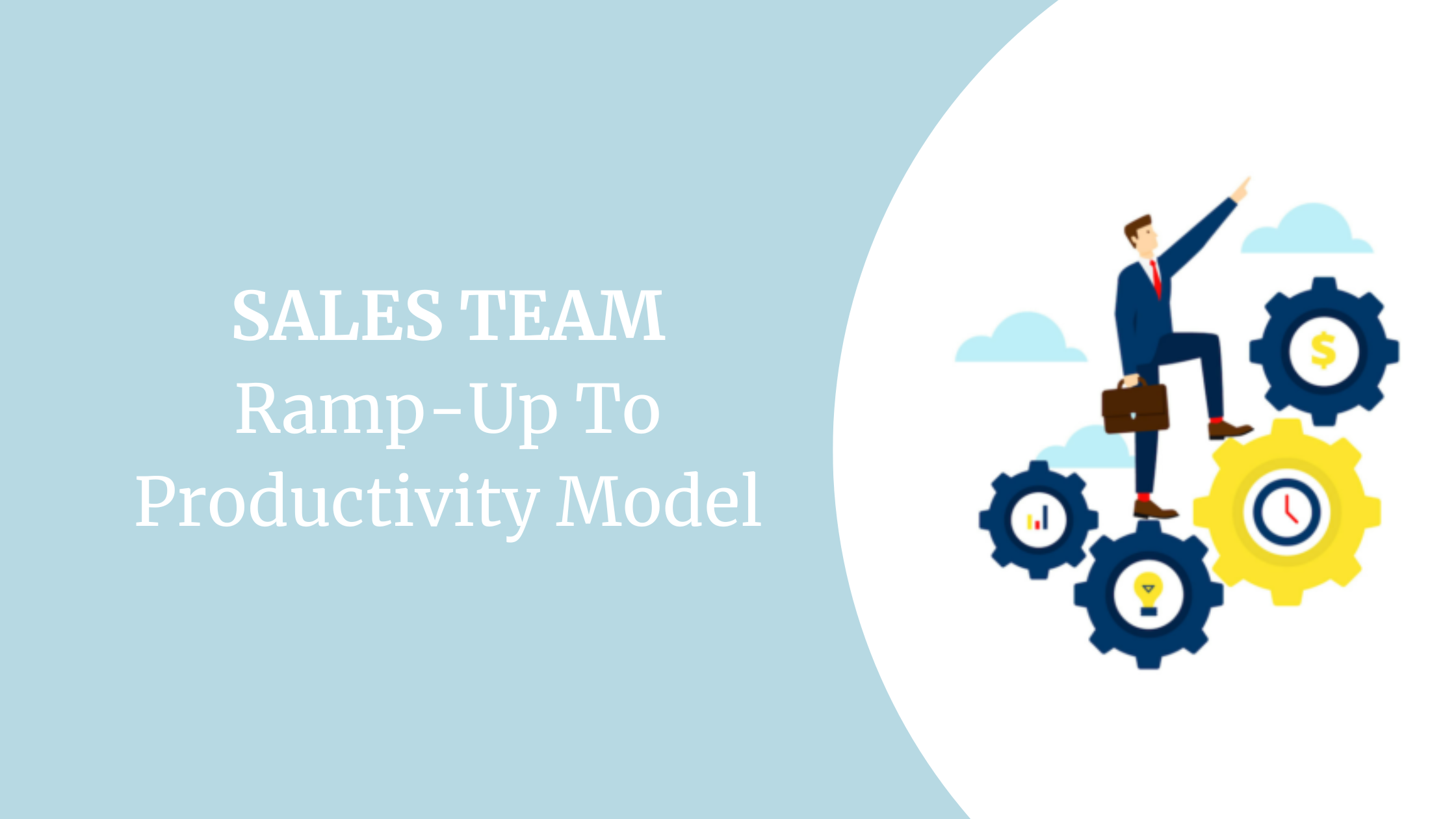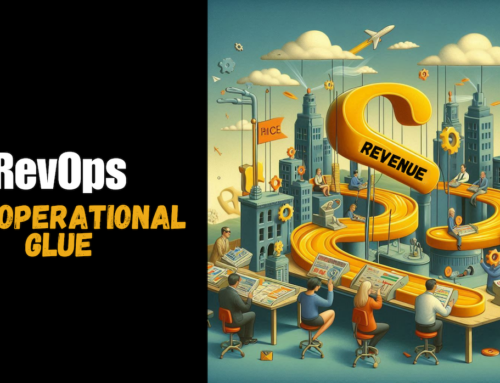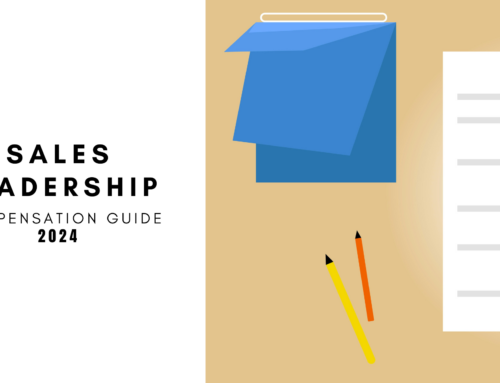Table of contents
This one is for all you revenue and financial operations experts out there. We’ll quickly dig into the points to consider and questions to ask when building a sales team ramp up to a productivity model.
A Sales Team Ramp Up To Productivity Model outlines the process by which new sales representatives reach full productivity. The model typically includes a timeline detailing the stages of ramp-up, such as training, familiarization with products, and building a pipeline. The model may also incorporate metrics for measuring productivity at each stage, such as the number of qualified leads generated or deals closed. Additionally, ramp up models factor in variables like region-specific nuances or industry complexities that could impact the ramp-up timeline. Ultimately, the goal of the model is to optimize the onboarding process and accelerate new sales hires to full productivity efficiently.
These types of models generally have the goal of maximizing return on investment while building selling capacity in the overall team (both AE and SDR). Models should be built to have monthly inputs and outputs and will work with long range and short-term strategic modeling purposes.
Here are a few points to consider and questions you should be asking to put together your model:
What’s the average ramping period per seller or sales team member?
On average, enterprise sales teams take 9 months for new hires to reach full productivity. During this period, productivity levels vary, with assumed productivity levels such as 0% in the first 3 months, 30% in the next 3 months, and so forth based on historical data. However, the timeline and productivity rates may differ across regions such as North America, Europe, the Middle East, and Africa, Asia-Pacific, and Latin America, or any other regions where operations are conducted.
Nearly 29% of companies fail to measure new hire ramp to productivity. Further, companies selling solutions over $1 million are building faster AE ramps and average contract value. – G2
What is the typical sales capacity of a fully ramped representative?
In other words, you will want to look at how much software revenue a fully ramped sales representative generates in a year. If your company operates globally, how does this capacity vary across regions? You’ll want to consider incorporating inputs for efficiency gains to construct a longer-term model. Ask yourself, “How do you anticipate this average capacity to grow over time as both your product offerings and sales team proficiency improve?”
If your sales reps don’t feel they are learning and growing in your organization, you’re at risk of losing upwards of 60% of your entire workforce within four years. – G2
What is the yearly turnover rate (attrition) for your sales team?
For the sake of this example lets estimate around 20% annually (note that since this model operates on a monthly basis, the monthly attrition rate is around 20%/12 months). From this attrition you want to model how many individuals you will lose from your fully productive/ramped sales team compared to your sales team in the ramping phase. Finally you want to look at what the timeline is for replacing staff who have left the company.
91% of B2B companies failed to hit their sales quota expectations in 2023. – G2
Include projections for when you anticipate hiring net new sales reps.
This could occur at various intervals throughout the year, whether evenly distributed or front-loaded, based on hiring patterns and the company’s hiring objectives. For example a model could suggest that to have fully productive sales rep in place, it would be ideal to hire them by Q1 of the preceding year.
At 44.9%, “decreasing new salesperson ramp-up time to fully productivity” is the most common sales enablement productivity goal. – G2
Incorporate data regarding the seasonal linearity of your software sales.
Typically, fully ramped representatives will sell less in the first half of the year compared to the latter half, often following a typical “hockey stick” pattern.
The best sales onboarding programs help new sales hires become productive 3.4 months sooner, on average – a time-to-productivity that’s 37% faster than firms with low-performing programs. – G2
Model the cost aspect instead of just pure capacity.
Consider the average cost per sales rep along with the additional heads required to maximize a field rep’s productivity.
Next steps….
Taking these points and questions into consideration will point you in the direction of creating an accurate sales team ramp up productivity model. If you would like to work with Harper James Capital to create one for your sales team, please schedule time to speak with one of our experts.
Reading Progress















